When To Worry About Breast Pain?
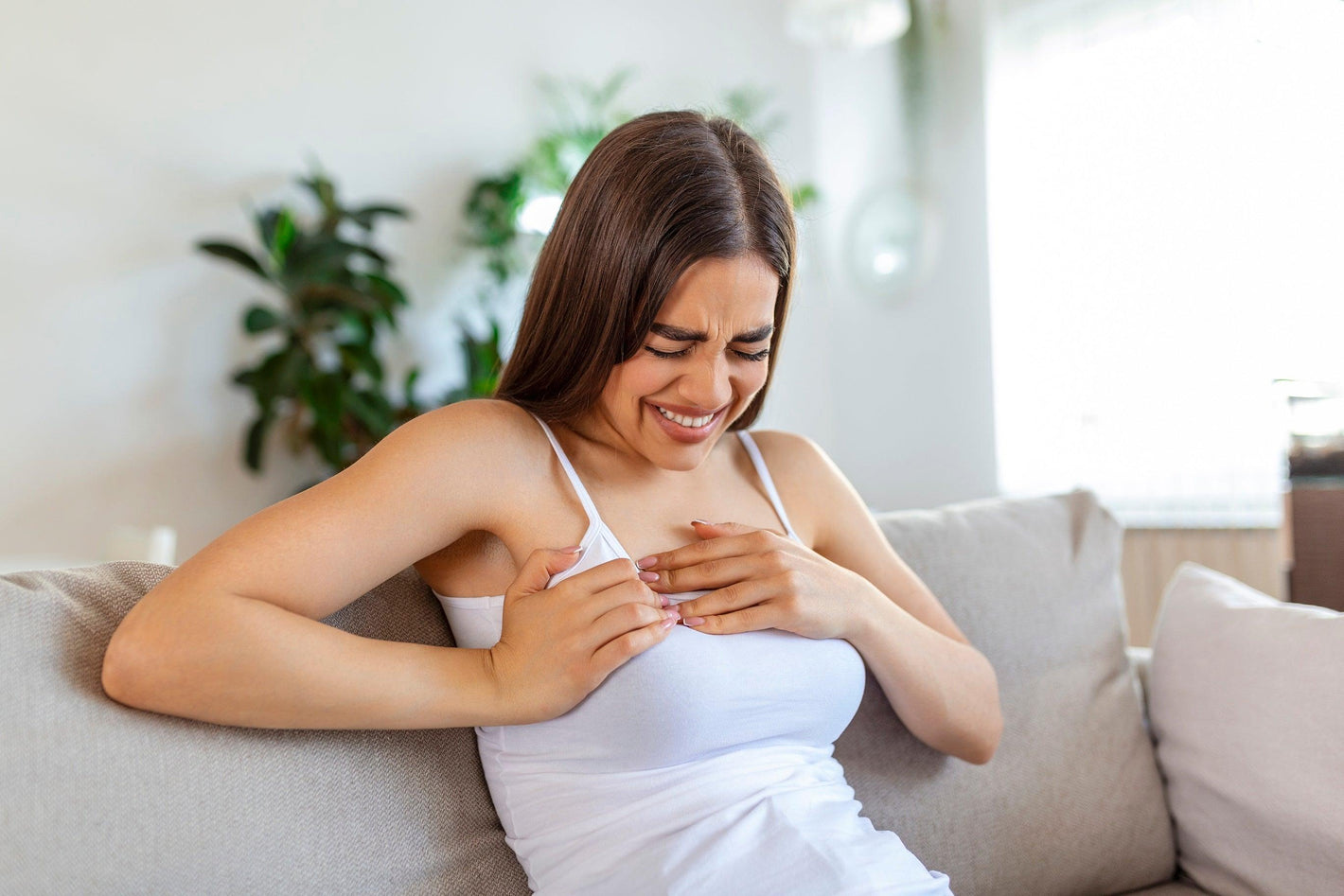
Related products
Breast pain is characterized by tenderness, throbbing, sharp, burning pain, stabbing, or tightness in the breast tissue. The pain can be consistent or occasional, and it can affect women and men.
Breast pain can be mild to severe. Breast pain can be distressing, but it is rarely causing for concern. Hormones are crucial in the growth of breast tissue and the pain that can accompany it. This is particularly true in women, as hormonal changes cause the ducts and glands in the breasts to develop and shrink in cycles.
This article will look into the causes of breast pain, as well as when you need to see a healthcare provider and how your symptoms will be managed and diagnosed.
What Is The Typical Cause Of Breast Pain?
While breast pain can occur in anyone, it is more common in women who have female sex hormones such as oestrogen and progesterone. These hormones significantly influence the structure and size of breast tissue.
Breast pain is normal during major hormonal changes like pregnancy and breastfeeding. The majority of breast pain falls into two categories: cyclic and noncyclic.
Cyclic breast pain is caused by hormonal fluctuations and is related to your menstrual cycle. Pain can show up at any point during this cycle. Nevertheless, it is most common at the start of the period or during ovulation. Cyclic breast pain can be mild for some and excruciating for others. It is not uncommon for this discomfort to be felt only in one breast. It is frequently a radiating pain that starts near the armpit.
Noncyclic breast pain can occur at any time of the month and is unrelated to your menstrual cycle. It can be caused by a variety of factors, including trauma, a breast tissue injury, or even arthritic pain. The type of pain differs, but it is typically a continuous pain felt in one area of the breast. It can be dull, sharp, or radiating in appearance.
Among the cyclic and noncyclic causes are:
Menopause
Menopause occurs twelve months after the last period. The years preceding that point, during which women may experience changes in their monthly cycles, are referred to as the menopausal transition or perimenopause.
Other causes are:
-
Pregnancy
-
Traumatic injury
-
Certain medications, including antidepressants and birth control
-
Breastfeeding
-
Infections like breast abscess or mastitis
-
Cysts
-
Rib injuries
-
Inflammation
-
Muscle pain
-
Lack of exercise and poorly fitting bra
Breast Cancer
This is a disease in which the cells proliferate uncontrollably. There are various kinds of breast cancer. It is characterized by which cells in the breast develop into cancer. This can develop in any part of the breast.
What Are The Symptoms?
Pain in the left breast can be either cyclic or noncyclic. The term cyclic refers to pain that occurs on a regular basis. Noncyclic refers to pain that is constant. There are distinct characteristics to each type:
Cyclic
-
Clearly associated with the menstrual cycle and fluctuating hormone levels
-
Characterised as dull, heavy, or aching
-
Shooting pain in the breast
-
Typically affects both breasts, particularly the upper outer portions, and can go to the underarm.
-
Breast fullness, swelling, or lumpiness
-
It intensifies during the two weeks preceding the start of the period, then subsides.
-
People in their twenties or thirties are more likely to be affected than those in their forties transitioning to menopause.
Non-Cyclic
-
Not connected to the menstrual cycle
-
Tight, burning, stabbing, or aching sensations
-
Continuous or intermittent
-
It usually affects one breast in a localised area, but it can spread more widely.
-
In women, this is most likely to happen after menopause.
When Should You Seek Medical Attention?
The majority of causes of breast pain will go away with time, lifestyle changes, or medication. If you experience any of the following signs, you should consult a doctor for an evaluation and diagnosis:
-
Painful mass or lump
-
Fever
-
Pain on a specific spot
-
Discharge from nipples
-
Sudden pain
-
Pain unrelated to your period
How Will A Doctor Determine The Cause Of Breast Pain?
Your doctor will start your breast examination by asking you about your personal and family history. They'll want to know if any of your relatives have had breast cancer and when they were diagnosed.
Genetic testing on your saliva or blood could reveal information about your cancer risk. To evaluate your breast tissue more closely, your doctor may suggest a one-time or routine mammogram.
Other tools that can aid in the detection of tissue changes, breast cancer, or other conditions include:
-
Ultrasound
-
Blood testing
-
Breast biopsy
-
CT Scan
-
Biopsies are the preferred method for diagnosing breast lumps, which are frequently associated with an increased risk of cancer.
A mammogram is normally the go-to tool for evaluating breast pain and other issues, but ultrasound is sometimes more precise in people under 30 years old. Mammograms, on the other hand, are extremely effective at detecting cancer, particularly in older women.
What Are The Risks?
Breast pain is more prevalent in women who have not reached menopause, but it can occur after menopausal. It could happen in both men with gynecomastia and transgender people undergoing gender reassignment.
Other factors that may contribute to breast pain include the following:
-
Size Of The Breast
People with large breasts may feel noncyclic breast pain due to their breast size. Breast pain caused by large breasts may be accompanied by shoulder, neck, and back pain.
-
Fatty Acid Imbalance
This may influence the sensitivity of breast tissue to the transmitting hormones.
-
Medications
Certain hormonal medications have been linked to breast pain. Breast tenderness is a common side effect of progesterone hormone therapy as well as postmenopausal estrogen. Certain antidepressants have been linked to breast pain. Other medications or drugs that can cause breast pain include some antibiotics and those used to cure high blood pressure.
-
Caffeine
Although more research or study is needed, some people report that reducing or eliminating caffeine helps with breast pain or discomfort.
-
Breast Surgery
Breast pain due to breast surgery and scar formation can sometimes persist after the incisions have been cured.
What Can Be Done To Ease Breast Pain?
The cause of your breast pain will determine how you treat it. Breast cancer treatment or management is complicated and differs depending on the kind and stage of cancer.
Most breast pain, on the other hand, is curable with lifestyle changes or medications. You can relieve breast pain by doing the following:
-
Examine your medications, including birth control methods.
-
Check that your bra fits properly.
-
Reduce your consumption of salty or fatty foods.
-
Reduce your caffeine consumption.
-
Use pain relievers that are available over the counter.
-
Apply ice, or cold compress
-
Apply heating pads to the affected area.
-
Use relaxation or stress-reduction techniques.
Foods To Eat To Relive Breast Pain
If you experience occasional breast pain, you are not alone; most women experience it at some point in their lives. But there are means to help manage it.
Whole Gains And Whole Foods
These may reduce the severity of breast tenderness and swelling by improving hormonal levels. Consume more soy-based foods like edamame beans, tofu, and miso. That filling bowl of porridge could do wonders.
Green Leafy Vegetables
Here are a few examples of leafy green vegetables with anticancer properties:
-
Spinach
-
Kale
-
Chard
-
Arugula
-
Mustard greens
Carotenoid antioxidants found in leafy green vegetables include beta-carotene, lutein, and zeaxanthin. Higher blood levels are associated with a lower risk of breast cancer.
Cruciferous Vegetables
Cruciferous vegetables, including cauliflower, cabbage, and broccoli, may lessen your risk of acquiring breast cancer. Cruciferous has glucosinolate compounds, which your body can convert into isothiocyanate molecules. These have a high anticancer potential.
Notably, a study involving 1,493 Southern Chinese women found that eating total cruciferous vegetables was associated with a lower risk of breast cancer.
Fibre
This aids in the regulation of oestrogen levels. Consume more of the following foods: broccoli, spinach, kale, brussels sprouts, cabbage, blueberries, strawberries, mangoes, and guava.
Essential Fatty Acids
These are beneficial to your overall health. Consume more avocados, walnuts, and omega-3 fish oils like salmon, mackerel, anchovies, sardines, and halibut, which are found in SMASH.
Vitamin E
This aids in the regulation of hormonal changes, which may alleviate breast pain. Sunflower seeds, almonds, spinach, and avocados are all good sources of omega-3 fatty acids.
Conclusion
Breast pain is common but rarely serious. The majority of women will experience breast pain at some point in their lives, but only a small proportion will be diagnosed with a severe condition like cancer.
Discuss your symptoms with a doctor or healthcare provider if you are concerned about your breast pain. Follow their recommendations for routine screenings. Besides, discussing your risk factors, such as family and genetic history, can assist you and your doctor in making the best decisions for your breast health.
If you are looking for supplements to relieve pain, try Ibuprofen, Biofreeze Pain Relief Gel, and Nurofen from Welzo.com.
Learn more by reading what does a breast lump feel like or the signs and symptoms of breast cancer.



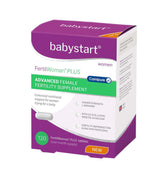
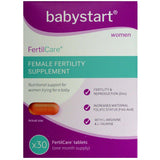
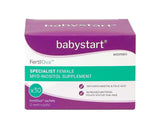
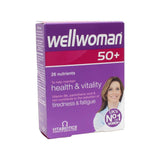
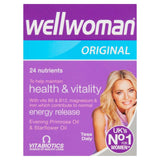
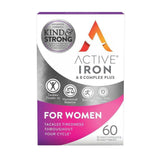

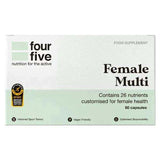
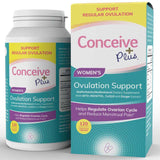
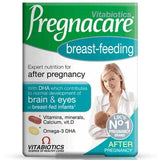
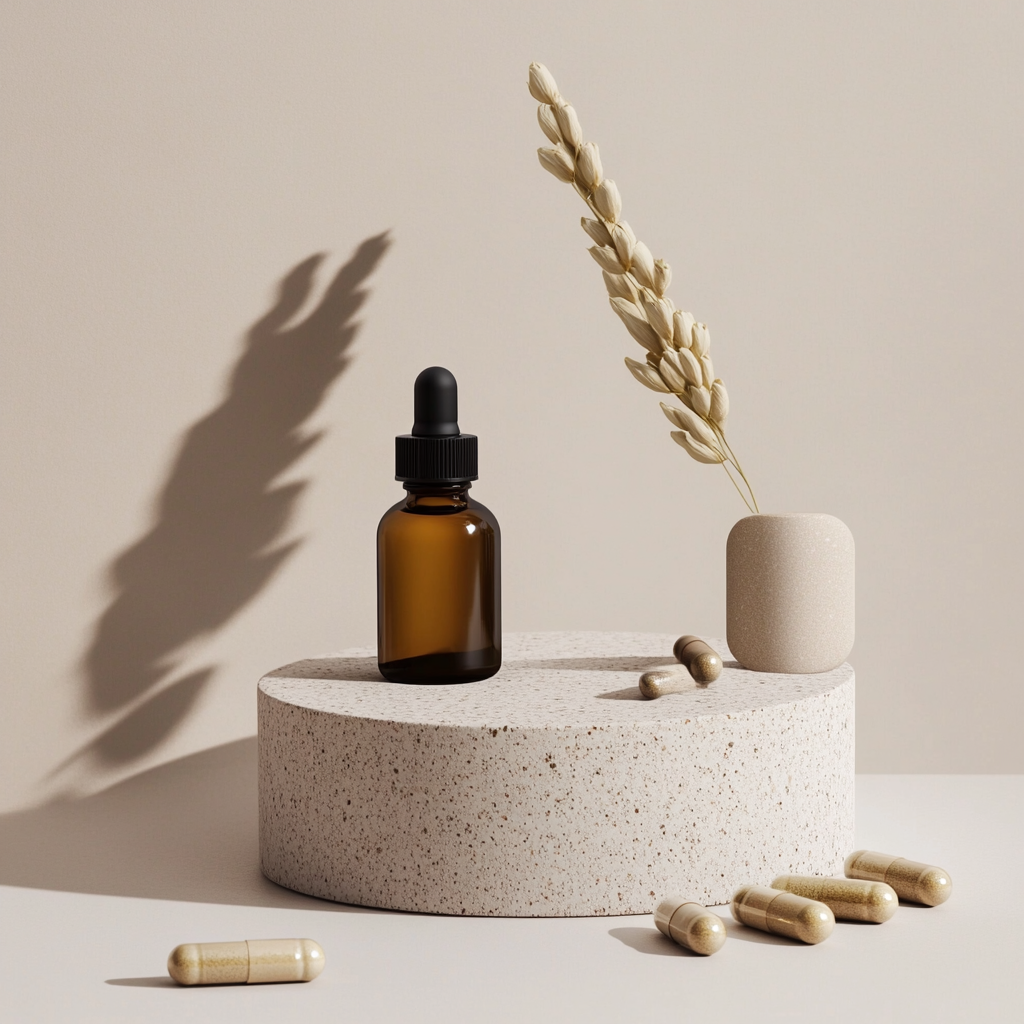

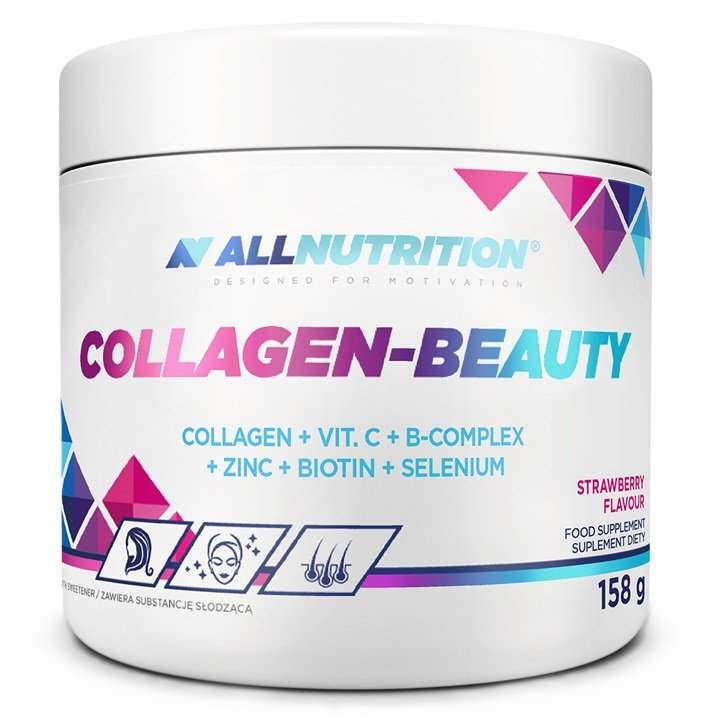
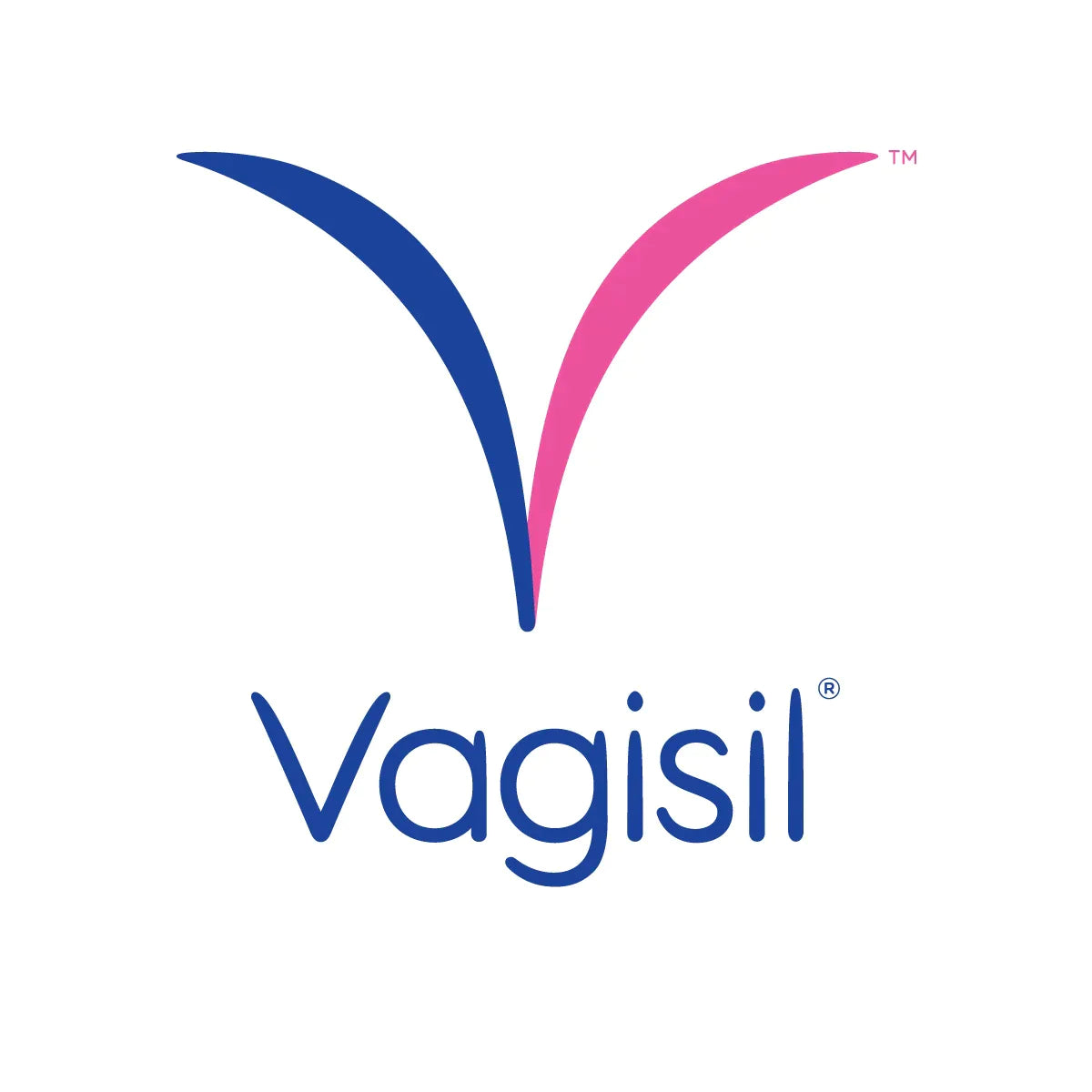

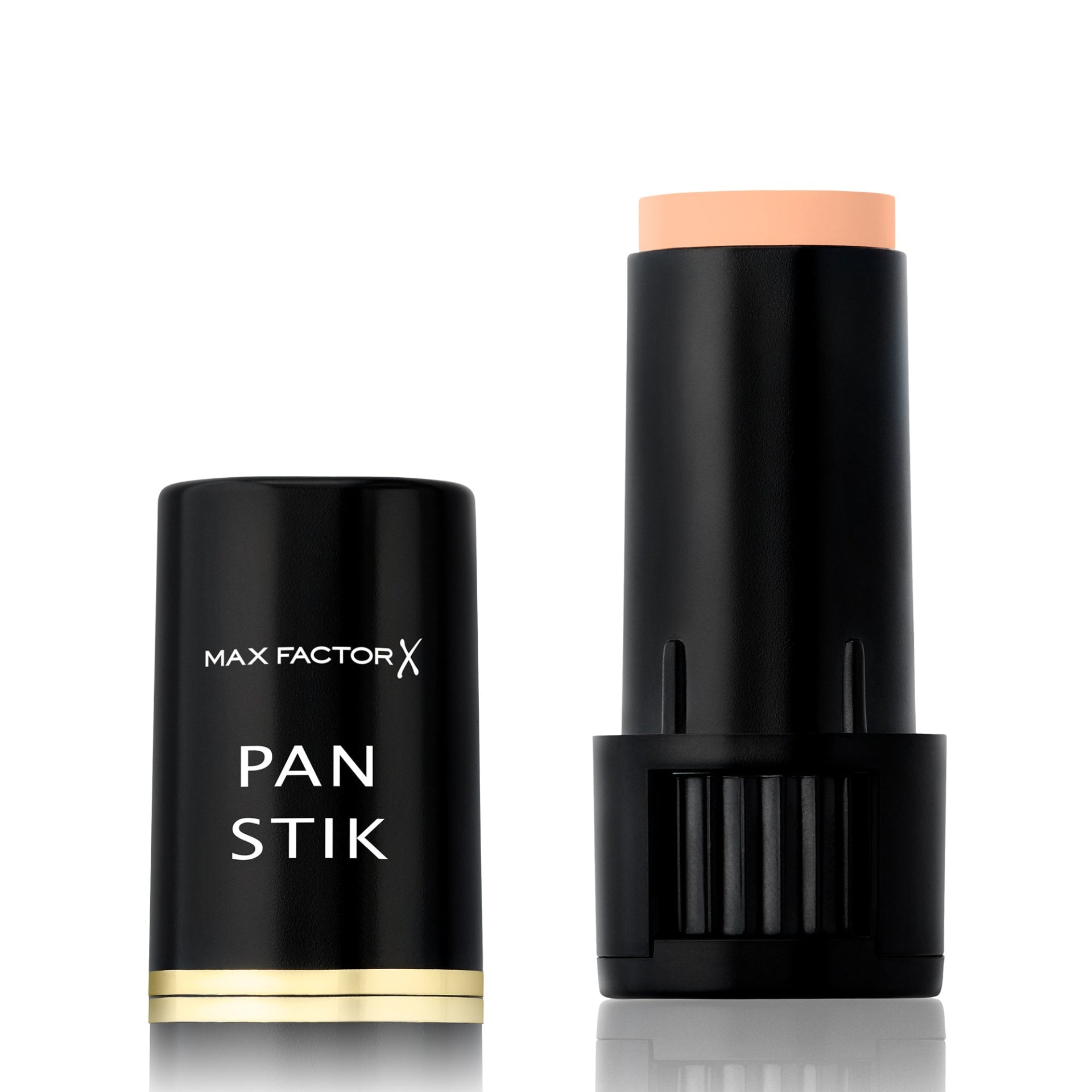
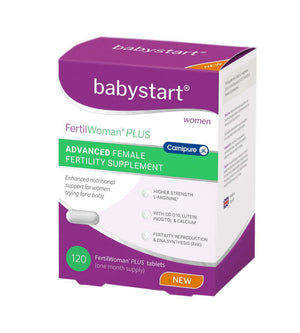
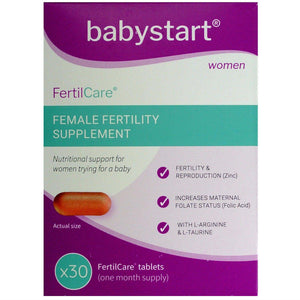
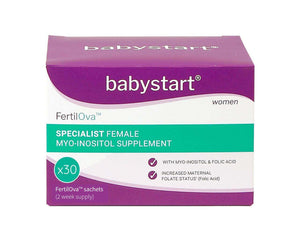
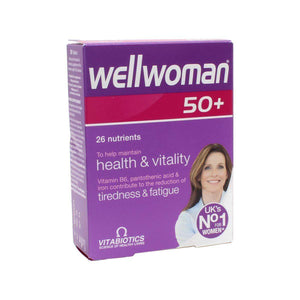
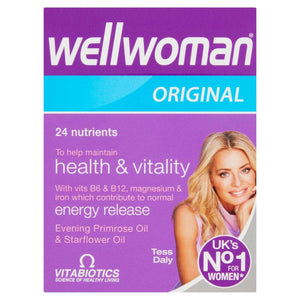
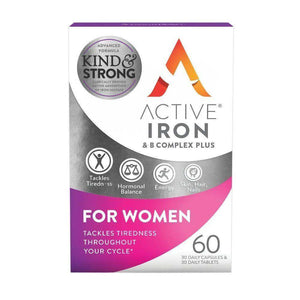

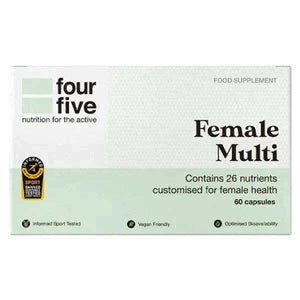
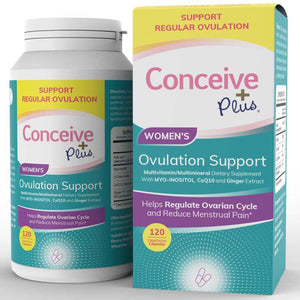
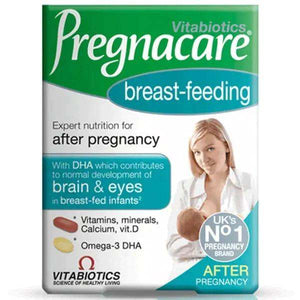
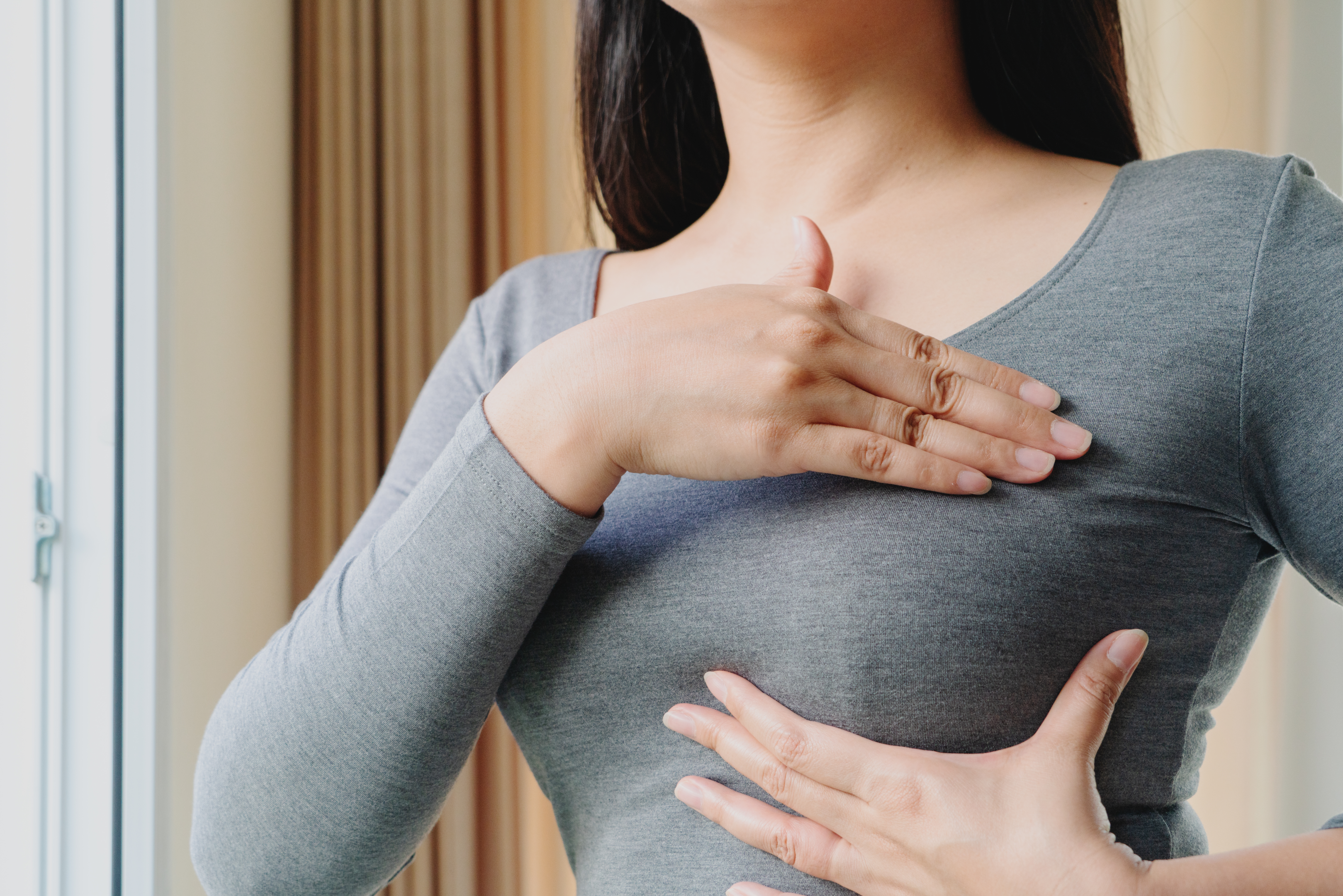
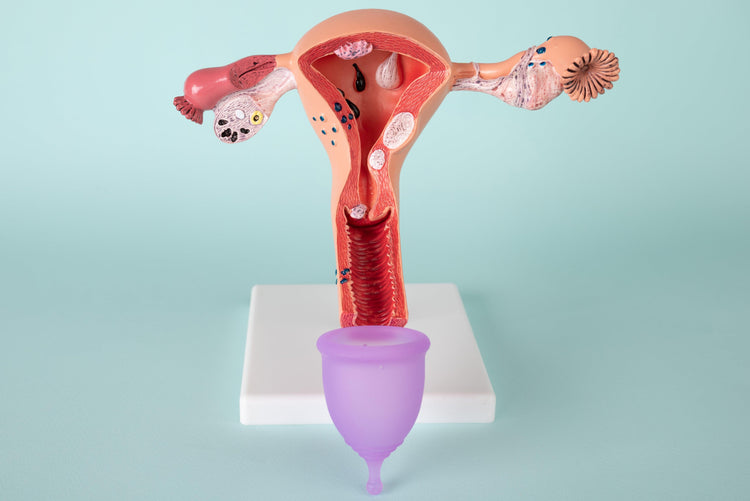
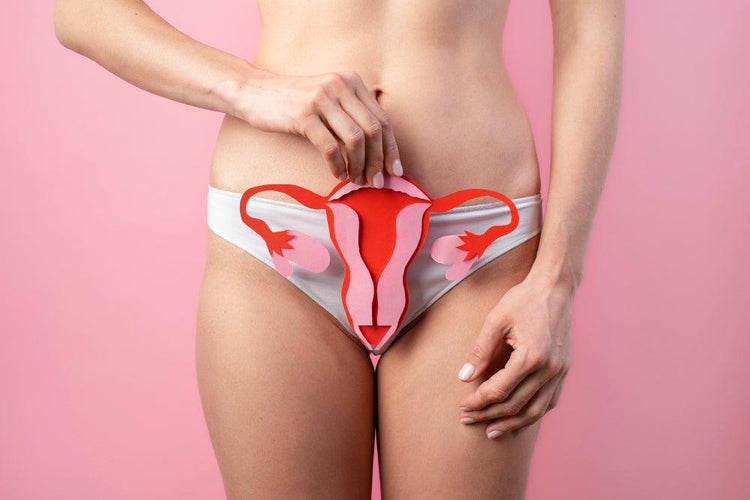

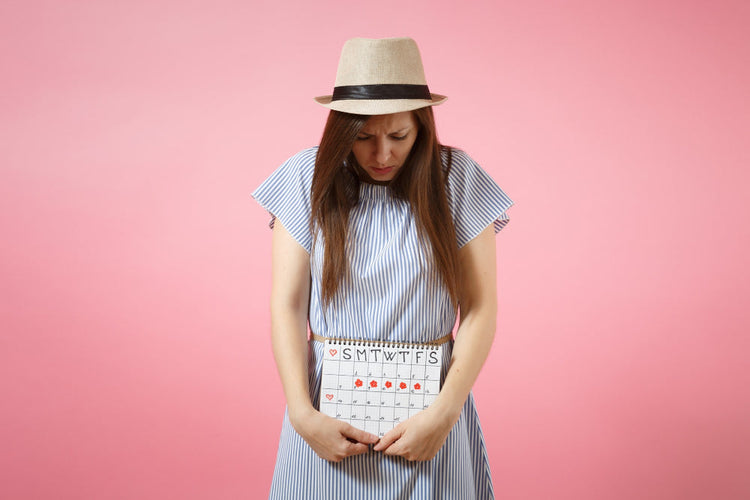


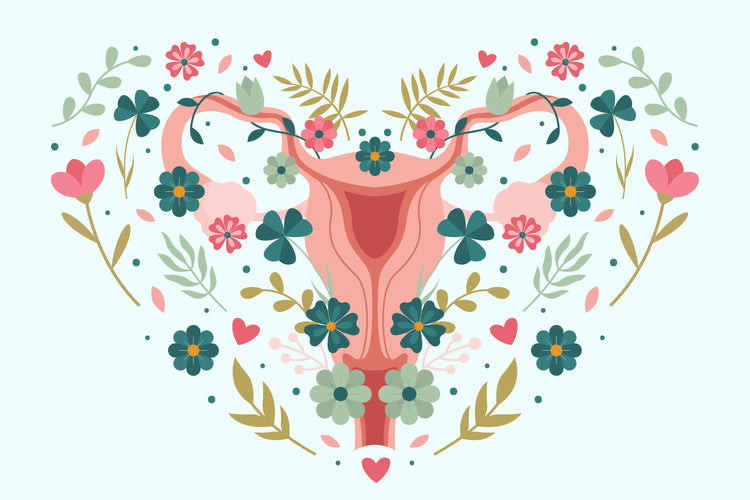

 Rated Excellent by 26,523+ Reviews
Rated Excellent by 26,523+ Reviews